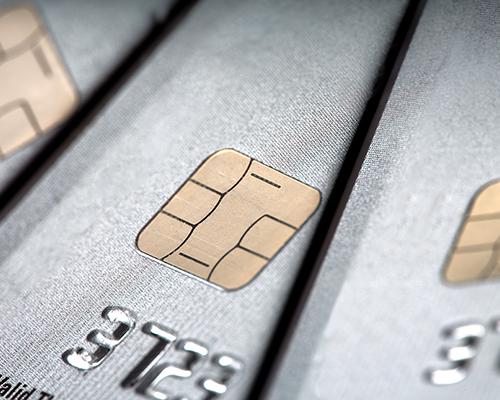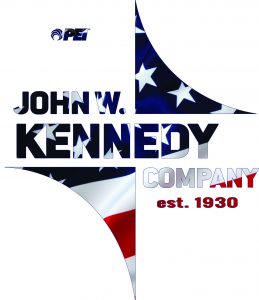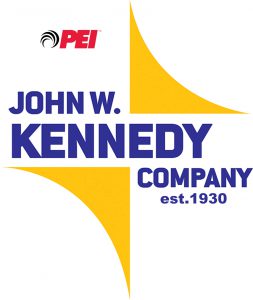So You Missed the EMV Deadline, What Now?
At long last, the outdoor EMV deadline for the U.S. has passed, but that doesn’t mean the story is over yet.
From now on, chargebacks from fraud that occurs on unprotected forecourts are now the responsibility of the retailer, not the banks.
And despite multiple deadline delays, only half of fuel retailers (48 percent) have met the EMV compliance mandates by the April 17th, according to a new survey.

The right side of the graphic above splits retailers into three categories, but it’s the 25% of retailers who are “unsure” when they’ll complete their EMV upgrades that present the greatest challenges.
With limits on manpower, equipment, and hardware, those who didn’t plan ahead will now have to wait in line.
What Can You Do While You Wait?
 First, consider measures to limit the damage. Identify and prioritize sites that are in the areas most prone to fraud. Put those sites as close to the front of the line for upgrades as possible.
First, consider measures to limit the damage. Identify and prioritize sites that are in the areas most prone to fraud. Put those sites as close to the front of the line for upgrades as possible.
While not fool-proof, tamper-evident tape can help deter criminals, but experienced fraudsters know how to cover their tracks.
There are also fraud monitoring systems through Visa or other payment processers that send risky transactions inside the store to pay.
The most drastic option you can take is turning off your payment terminals at the fuel dispenser altogether, forcing customers to pay inside on EMV protected PIN pads. The problem here is that the loss in business from inconvenienced customers may cost more than the potential fraud.

Read about the potential losses that unprotected businesses should expect with the liability shift here.
The Bottom Line
Fraud liability has shifted, but the plan of action remains the same. If you haven’t started your upgrade process yet, contact us as soon as possible. We have financing options and EMV discounts available.
 Does EMV currently have you behind the eight ball?
Does EMV currently have you behind the eight ball?
We are here to help with equipment and financing options!!
Feel free to call us at 1.800.451.4021 or email us using the link below:
EMAIL US







